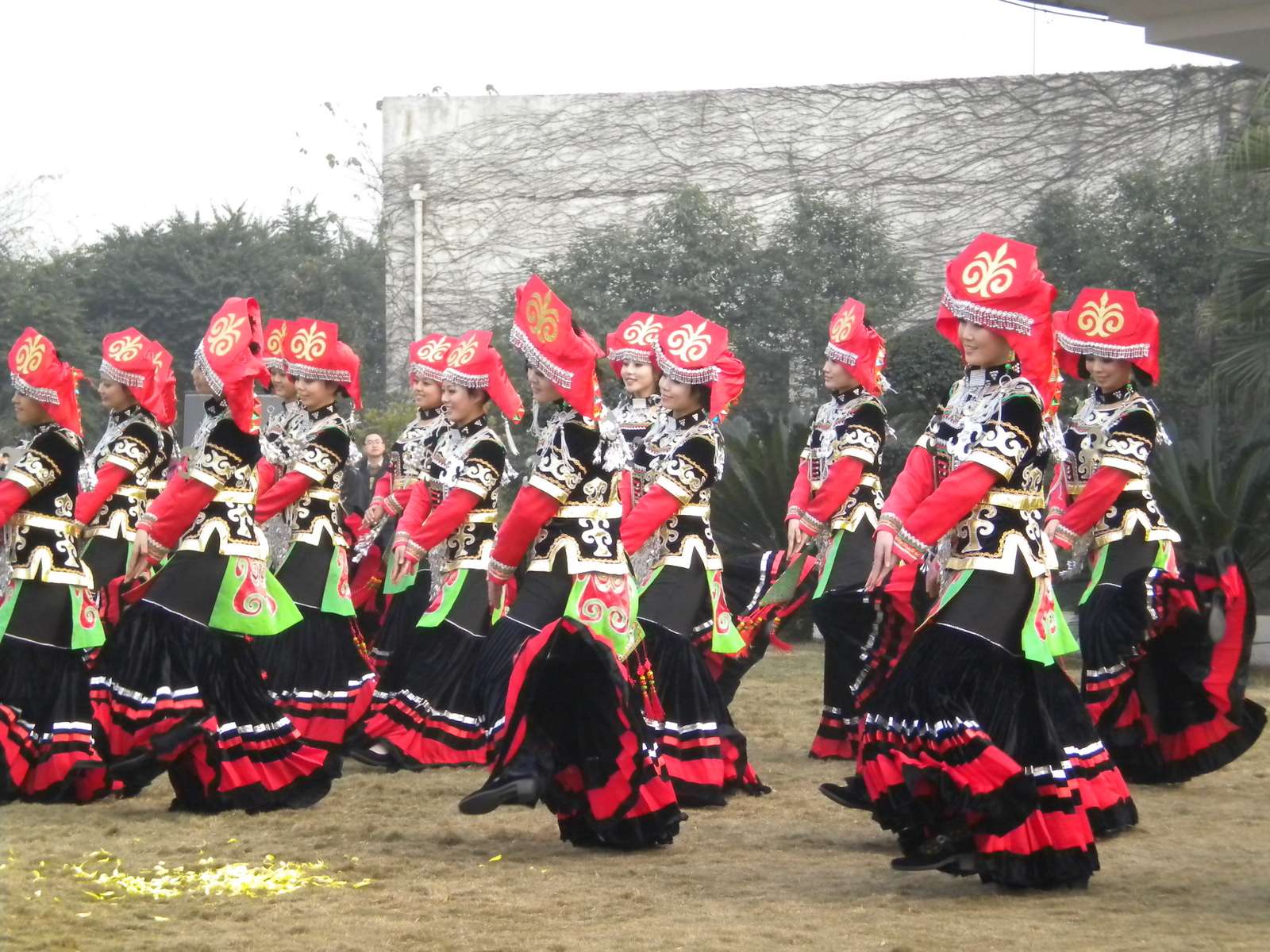Interested in Chinese dance ceremonies? Discover the history and origins of the art of ceremonial Chinese dancing.
The art of ceremonial Chinese dancing is a performance based medium of artistic expression used to entertain the masses. This unique art form requires the performers to make use of their body movements to express the theme and idea behind the dance performance rather than the use of speech.
Over the years the ceremonial dance performance has developed its own vocabulary based on suggestive movements. As with other such art forms Chinese ceremonial dancing has its own syntactic structure and semantics that give the dancer the ability to communicate with the masses through graceful and elegant movements.
The origins of the ceremonial Chinese dance outdate the development of the written Chinese language. We have come to know of this through archaeological discoveries of ceramic pots from China that display pictures of dancing figures in vibrant colors. This led the archaeologists to discover that dance troupes existed back in the Neolithic period that dates back to the fourth millennium BC. The ceremonial dances of those times involved the dancers stomping their feet on the ground and locking their arms with each other. This visual performance was accompanied by musical instruments and singing.
The development of the dance
If we look into the history and development of Chinese ceremonial dancing we find it to be characterized into two separate genres; the civilian and the military. The civilian dance involved the dancers holding feather banners that would symbolize the distribution of fruits. Slowly and gradually the dance evolved and found its way into the emperor’s courts. The ceremonial dance performance also became part of many religious rituals.
The ceremonial military dances involved the dancers holding up weapons rather than feathers and would move front and back in a coordinated fashion. Over the passage of time these ritual dance performances actually became military exercises.
The choreographic movements of the limbs where used to express veneration of heavens and earth, expressions of joy and delight and various aspects of everyday life. Both the performers and the audience would take pleasure in witnessing the ceremonial dance performances.
Under the Han dynasty the government made a great effort to collect and categorize folk songs and dances. With the passage of time folk songs and dances from other regions bled into Chinese culture and merged with the traditional dance performances to further evolve the art form.
Chinese ceremonial dancing reached its peak during the Tang dynasty which was an era when Chinese art in general flourished across the nation. Formal institutions such as the Tiachang Temple and the pear garden academy were set up by the government that would collect the talented dancers and produced the highly revered ten movement music dance. This ceremonial dance performance incorporated cultural elements from various other cultures such as India, Korea, Persia, Sinkiang and other cultures of Central Asia. Chinese ceremonial dancing actually paved the way for the development of the Chinese opera which is another unique art form practiced in China.





